Alex Sheal is originally from the UK and has lived in Hanoi for over 12 years. He is is the co-owner of Vietnam in Focus Photo Tours. While the Globe takes the utmost care to publish accurate information, by the nature of these first-hand accounts we are unable to independently verify their accuracy.
Until recently, the public loudspeaker outside my house in Hanoi had largely fallen silent. Retro, dust-caked, and chaotically wired around a lamppost, it could have passed for something left to the local scrap collectors, tied up to stop it blowing into the road.
Once a key means of mass communication for the government, modern media, namely the internet, were calling the value of these war-era Tannoy into question.
Until Covid-19, that is.
In late January, when Prime Minister Nguyễn Xuân Phúc declared a “general spring offensive” against the novel coronavirus, loudspeakers across the country blared into life again, broadcasting a mix of case counts, public health instructions and motivational music like the TikTok hit Ghen Cô Vy (Jealous Covid). The speaker beside my house even received a tidy-up, wires pruned and tucked out of sight, as if for an upcoming march.
It’s just one example of how the government has deployed wartime methods and motifs to combat the country’s most recent foreign aggressor. Propaganda-style posters enjoining people to play their part (Ở Nhà là Yêu Nước, one reads, ‘To Stay at Home is to Love One’s Country’) decorate the streets of the capital, while the Ministry of Health has commissioned a campaign of postage stamps in a similar aesthetic.
Images of both have been widely reshared on social media, engaging the nation’s vast demographic of young people. And the strategy appears to be working. At time of writing, Vietnam’s reported case count is in the low hundreds, and fatalities stand at zero. The countrywide lockdown announced on April 1 – with borders, schools and most businesses shut, and travel severely restricted – has consequently ended. 45 years on from the fall of Saigon, Vietnam is once more winning against the odds.
So a cautious pride is in the air here, borne aloft by vindication. Not just for the rapid reaction to the outbreak, screening all international airport arrivals as early as February, developing an effective, affordable test by March. Nor even for what have been criticised in the Western press as ‘heavy-handed methods’, like mandatory 14 day quarantines for people coming from abroad, relentless contact tracing, and locking down entire villages and city neighbourhoods upon discovery of one or two cases.
No, when the worst of this pandemic has finally passed, one object will remain as a symbol of Vietnam’s vindication: the humble face mask. For while the Vietnamese have been masking up en masse since January, many in the West have seemed reluctant to follow suit – and that symbolic attitude of exceptionalism and individualism lies at the heart of the disaster ‘over there’.
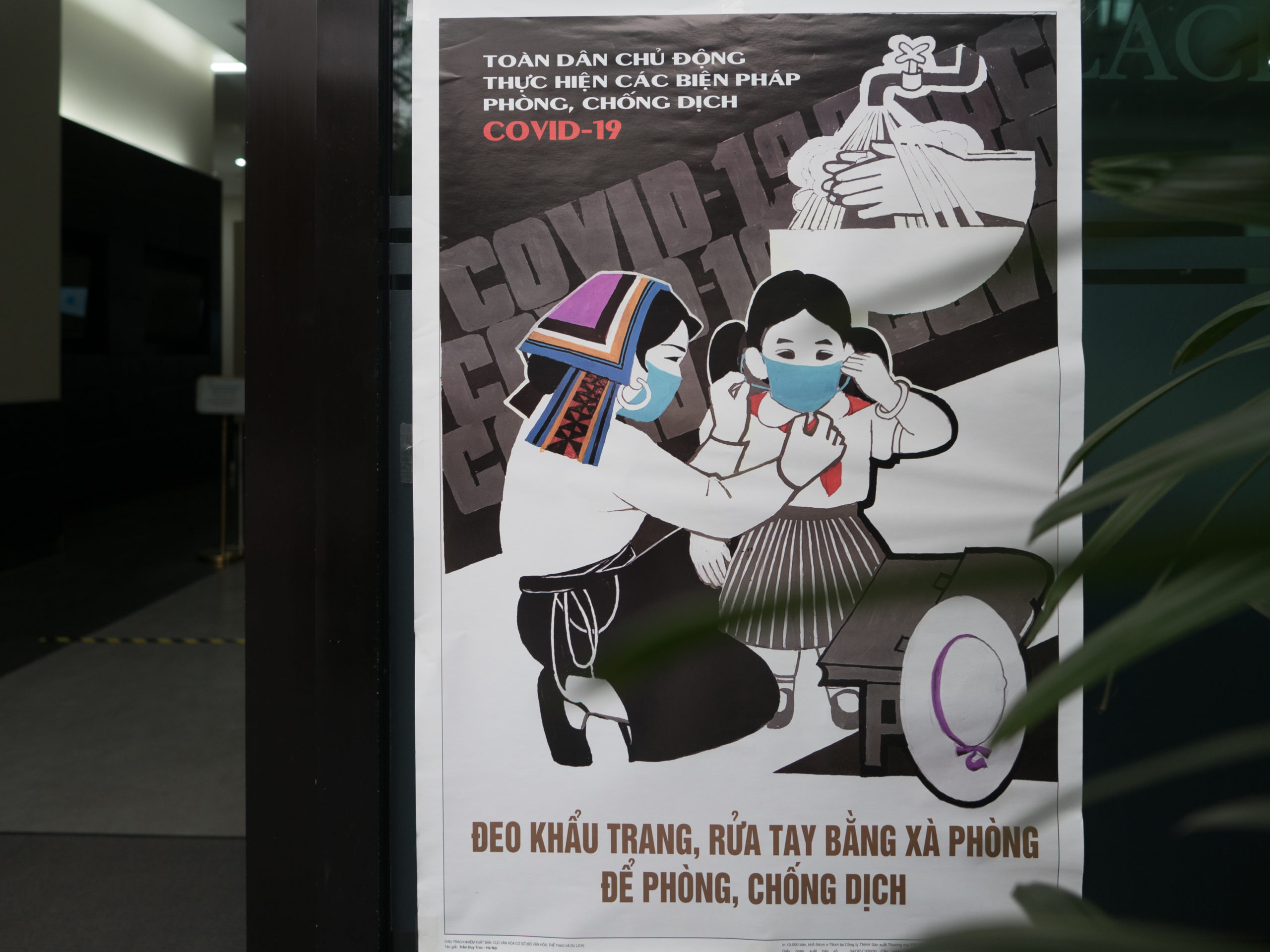
I was traveling in central Vietnam with my family in late January when Covid-19 truly hit the news. Family means my Vietnamese wife, our 18-month-old son, her parents, and my 74-year-old father, visiting from the UK. I’d arrived in the country twelve years earlier as a solo backpacker, keen to mix it with the locals, and now I was touring around like one, with the whole clan in tow.
The minibus driver who took us across the Hai Van Pass to Danang wore a medical mask the entire journey, still managing to point out and explain the wartime importance of Phu Bai army base just outside Hue, and then how uncontrolled logging on the surrounding hills in the postwar years had turned the city into a flood black spot.
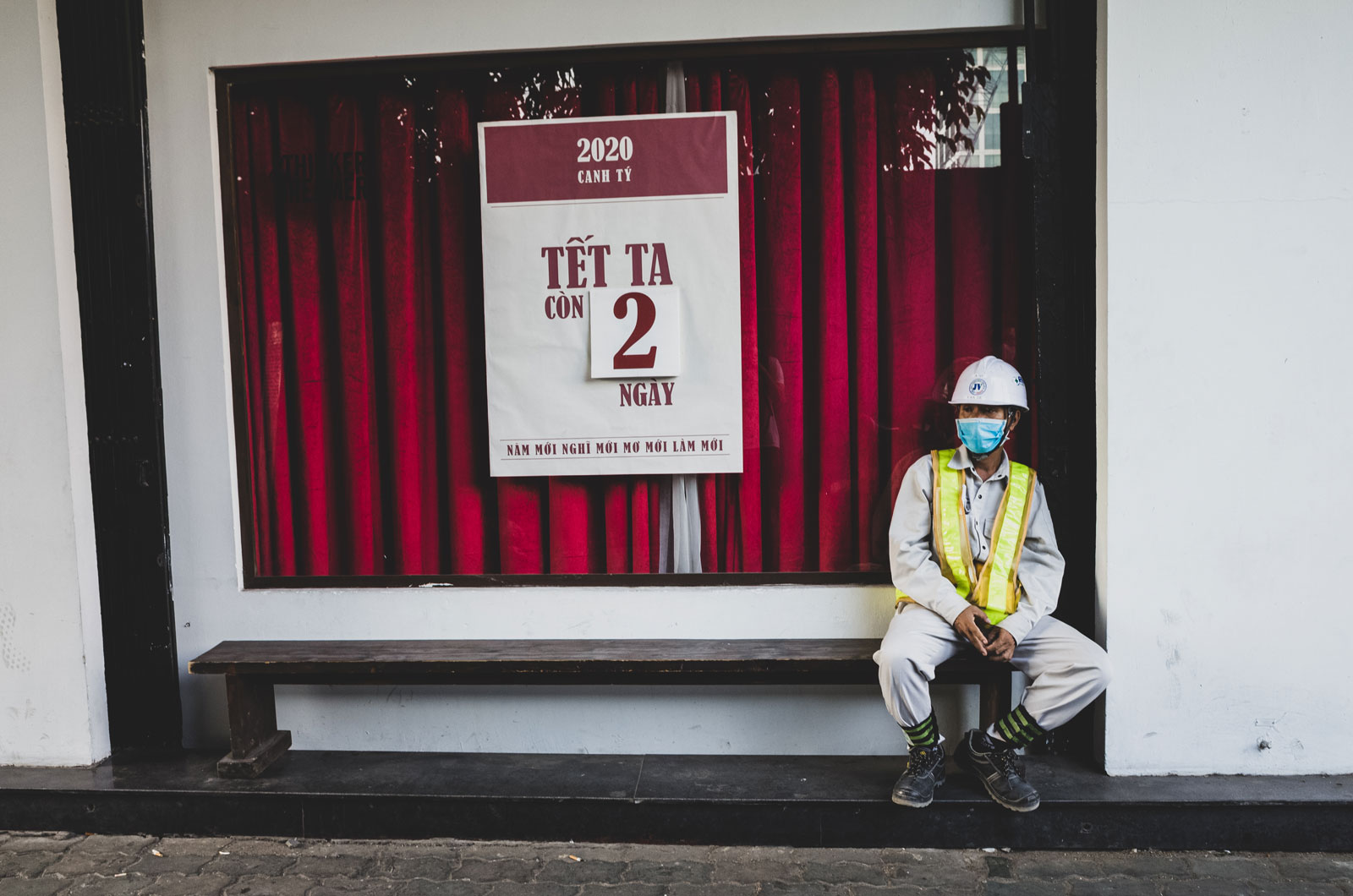
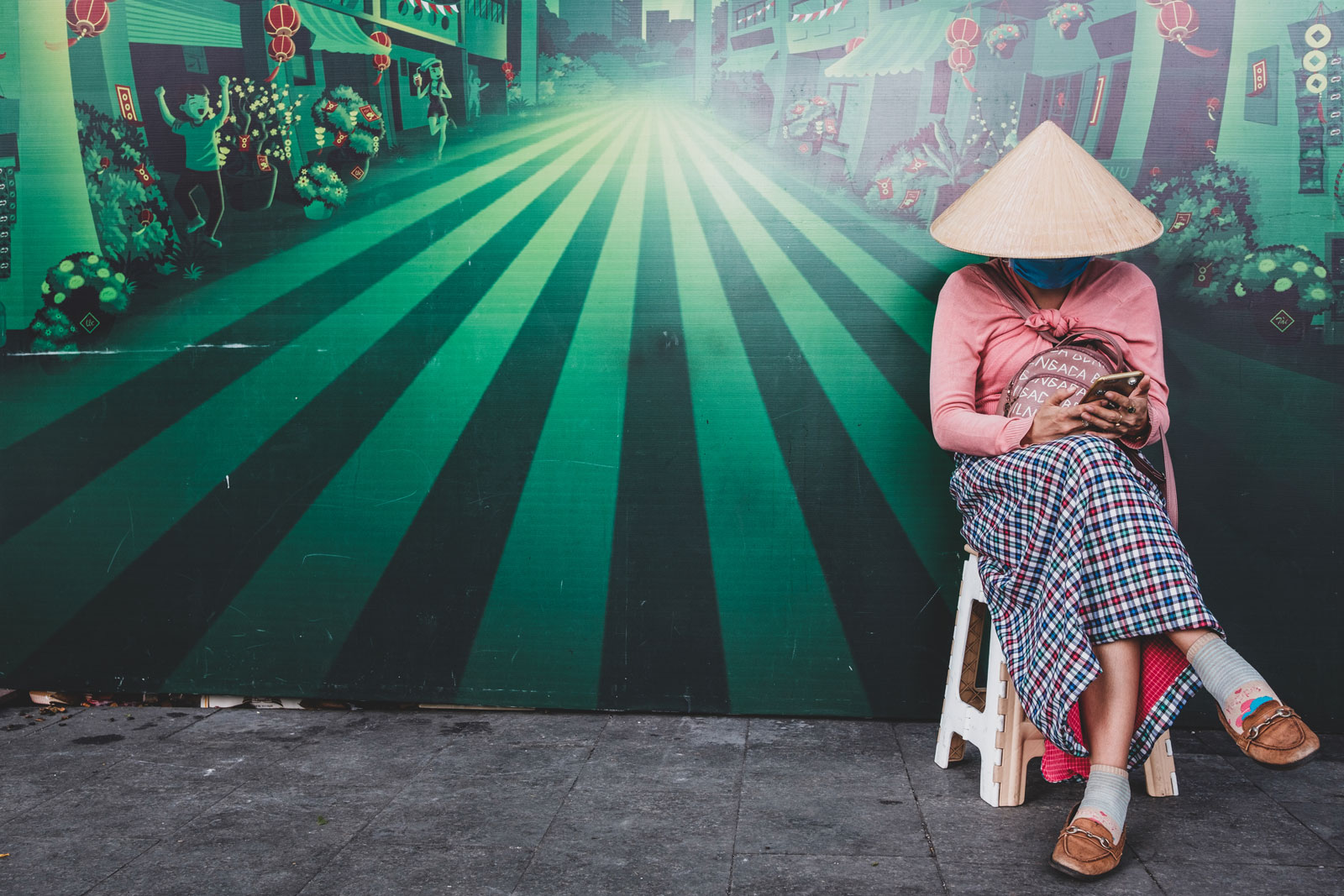
‘My wife wouldn’t have let me leave the house without this,’ he said, pointing at the mask. ‘Not so much for me – it’s the kids and grandparents you have to worry about’
The Vietnamese Lunar New Year holiday was coming to an end, and it was the driver’s first day back at work. “My wife wouldn’t have let me leave the house without this,” he said, pointing at the mask. “Not so much for me – it’s the kids and grandparents you have to worry about.” My father, ever the wag, asked why she hadn’t told him to wear a seatbelt too.
Our attitude to the virus then could best be described as bemused, as if it was just another bewildering craze out of East Asia, like Baby Shark or BTS. Once it went global, no doubt it would dazzle briefly before disappearing. After all, SARS and H5N1 (still a concern when I’d first arrived in Vietnam in 2007) had hardly set the world alight.
The next morning was our last before flying back to Hanoi, and my wife presented my father and me with a choice of triple-layer face masks she’d just bought, blue or pink. She’d already put a white baby-size one on our son, who was taking to it pretty well. I snapped a group selfie in masks on the way to the airport, and Whatsapped it to my brother in Philadelphia. “Don’t forget to smother yourselves in garlic,” he texted back.
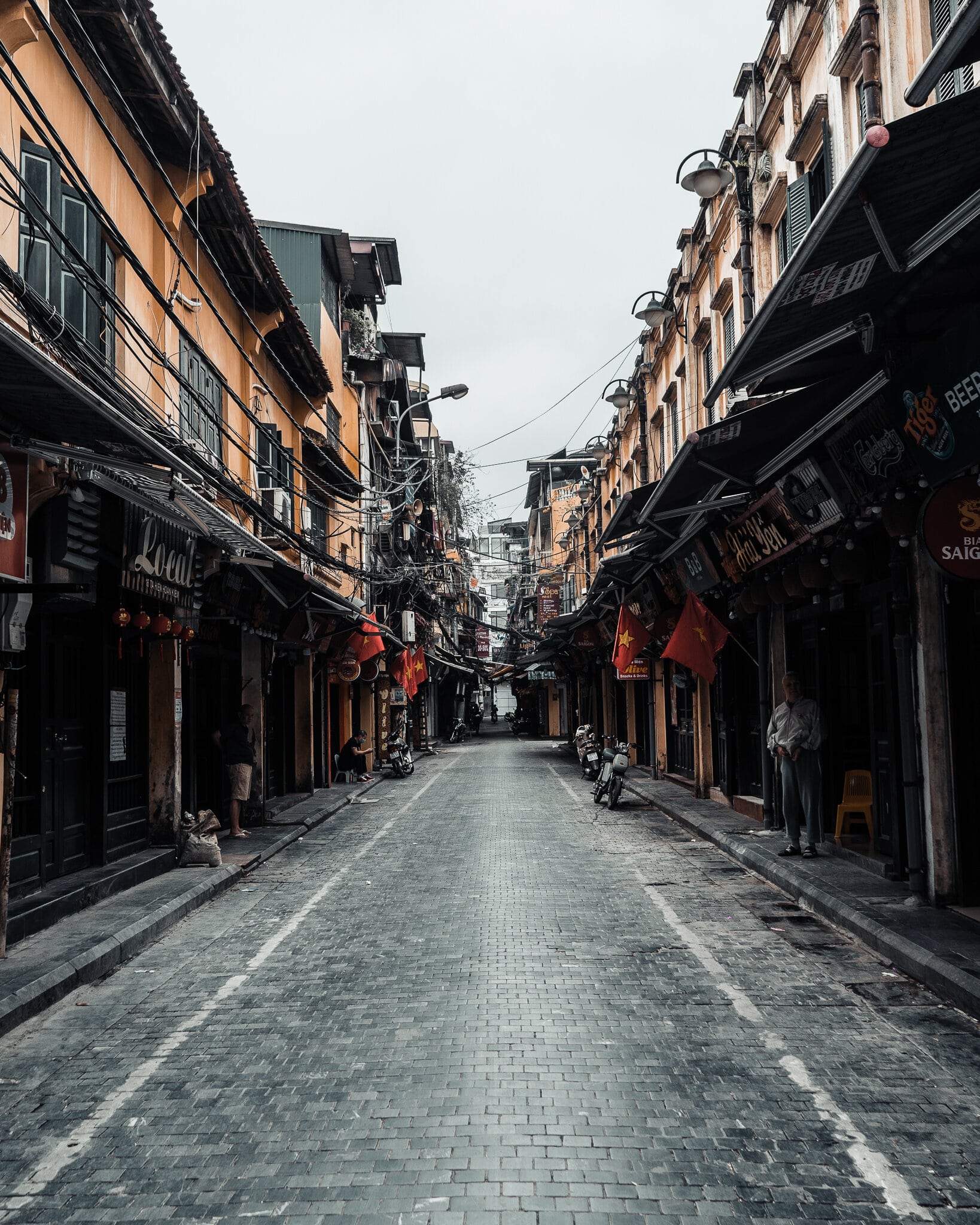
At the airport, nearly everybody wore one, the only exceptions the occasional Westerner, looking nonplussed, as if they’d accidentally arrived during an obscure local festival worshipping the medical profession. My father dismissed the mask as “superstition”, but kept his on with my wife around, presumably for fear of offending her. I had my own doubts but made the case for them as we waited in departures, citing a post I’d just seen from the WHO – they were generally unnecessary, unless one was sick, but encouraged in crowded places and on public transport.
In Hanoi, which by any definition qualifies as a crowded place, nearly every face was masked. On the road into town, all the motorcyclists we passed had their faces covered, even those without a helmet on their head. The mask had gone from sometimes-seen to ubiquitous in a matter of weeks. At my father’s apartment block, the staff had set up a hand washing station in the lobby, and the elevator had posters instructing people not to talk as well as the now-familiar injunctions regarding hands and masks.
My father had two weeks before his flight home, and the mask debate rumbled on throughout. My wife, meanwhile, wanted us to wear masks wherever we went, and bought four boxes of different types. I obeyed instructions and wore one in her presence, never feeling less than awkward.
We took my father to the airport for his flight out on February 15. It had been an eventful trip, we agreed in the taxi; and on the plus side, both my tour company and school closing temporarily meant we’d enjoyed more time together than expected. The airport check-in hall stood virtually empty at ten in the morning.
Cool February sunlight poured through the windows, illuminating the wide unpeopled spaces. All those present wore medical masks, even the solo foreigners, the types who’d looked so above it in Danang a couple of weeks beforehand.
Except my father, that is, who started rummaging furiously through his bag the moment we entered the hall – he was sure he’d packed it. “You don’t have to wear it for me, Dad,” said my wife; but when he looked up, sweaty-browed, I realised there was more to it.
“Feeling superstitious?” I teased.
“Better safe than sick,” he admitted, and vowed to pick one up in the departure lounge.
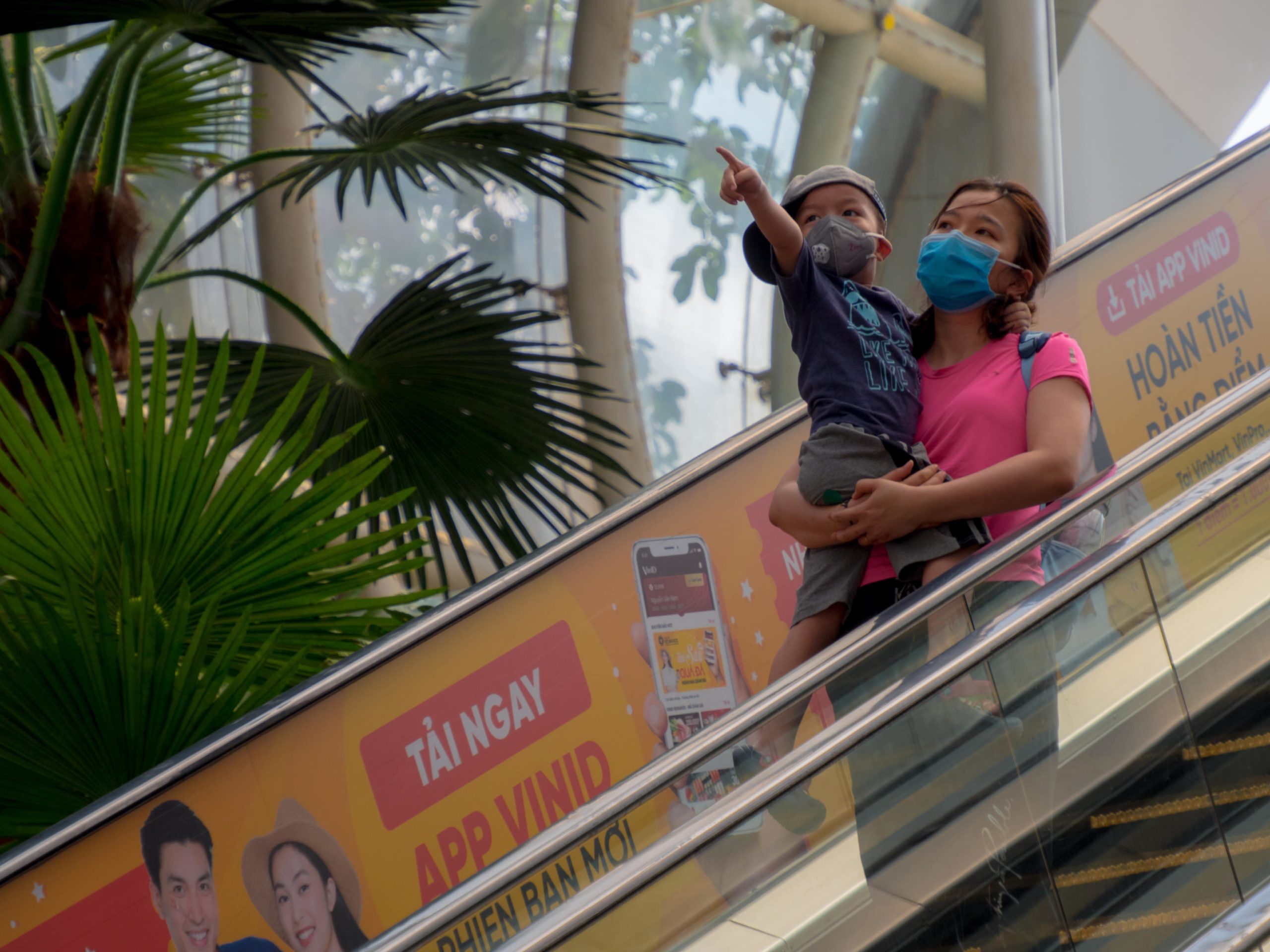
Since the easing of restrictions in late-April, our local loudspeaker has fallen quiet again, just playing the occasional blast of Ghen Cô Vy towards sunset. The sound of traffic from the nearby main road has, on the other hand, risen in volume, if not quite to pre-Covid levels yet. Schools are back, markets are bustling and Hanoians are cautiously returning to their favourite cafes and phở joints.
Meanwhile, I’ve been reading in the news that the lockdown in the UK will likely continue until the end of the year, and the advice on masks remains mixed. Boris, Trump and Bolsonaro still refuse to wear one, contributing to the confusion in their respective countries.
No-one would argue that masks alone have made the difference here in Vietnam, but – quite apart from questions of effectiveness – their uptake reflects people’s willingness to ‘self-efface’ for a greater cause. Indeed, the contrasting attitudes on the topic highlight something – the individualism that has hindered the fight in certain Western countries and the collective effort that has brought such success in Vietnam.
The Liberation Day holiday on April 30 was quieter than usual, of course. But, day by day, week by week, life in Vietnam is returning to a version of normal – with masks remaining firmly on.
This story is part of the Globe’s Tales of the Pandemic series, a collection of personal essays from across Southeast Asia called published each Monday covering different aspects of life during this unprecedented time in human history. All of these Covid-19 stories can be found here. If you’d like to contribute a personal essay of your own, please email your story of roughly 1,000 words to a.mccready@globemediaasia.com.


